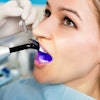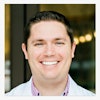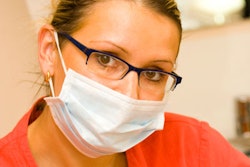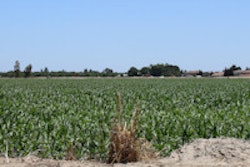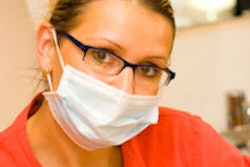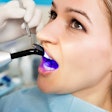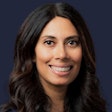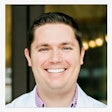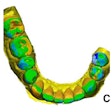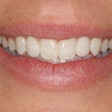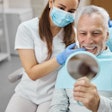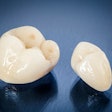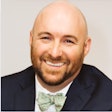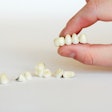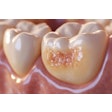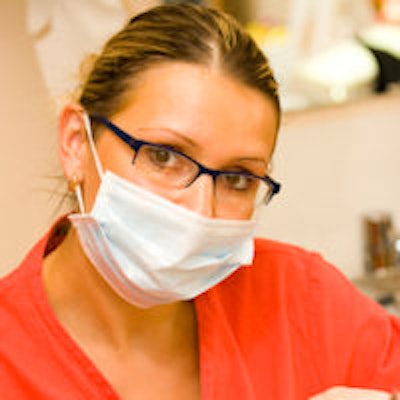
The U.S. Indian Health Service (IHS) wants to add midlevel providers (MLPs) to increase access to oral healthcare for American Indians and Alaska Natives. A proposal to add dental health therapists is among new recommendations made by the IHS to expand the community health aide program serving tribal communities. The idea was submitted to tribal leaders for their comments, which will be included in the final proposal.
The dental health therapists are among the suggestions announced June 1 by the IHS to increase access to health services for the 2.2 million American Indians and Alaska Natives (AI/AN) who receive federal healthcare.
"Community health aides are proven partners in health, and it is IHS's goal to see them utilized to the fullest extent permissible in IHS-operated and in tribally run hospitals and clinics," said Mary Smith, IHS principal deputy director, in a statement.
Dental health therapists have provided routine dental care to more than 40,000 Alaskan Natives in 81 communities since 2004, the IHS said.
Currently, more than 1,000 community health aides provide health education and services related to dental care, transportation, maternal and child health, and disease control to tribal communities.
High caries rates
A 2015 IHS survey of American Indian and Alaska native populations found an extremely high caries rates compared with the rest of the U.S.
- Among AI/AN children between 1 and 5 years of age, more than half (54%) have had caries.
- Indian preschool children have the highest level of caries in the U.S., more than four times higher than white, non-Hispanic children.
- More than half of 13- to 15-year-old Indian dental clinic patients (53%) had untreated caries compared with 11% of 13- to 15-year-old U.S. children overall.
- Some 68% of AI/AN adults 35 to 44 years have untreated caries, twice the national average.
Arizona's plan to expand dental care
A coalition of Arizona's Indian tribes is coming together to improve access to oral care, including providing transportation for members and attracting more dentists and hygienists to live on the reservations. The project stems from the Arizona Tribal Oral Health Legislative Forum, which met in August 2015.
Herminia Frias, project coordinator for the Arizona American Indian Oral Health Initiative, attended the forum, and told DrBicuspid.com that one of the goals is bringing together all 22 tribes in the state to discuss the issues.
One of the main problems is something very basic: being able to schedule a dental appointment. There aren't enough dentists on the reservations, especially those in remote areas, Frias said.
“On some reservations trying to get a dental appointment is outrageous.”
Some tribal members tell Frias that it's so difficult to get a dental appointment, they just deal with the pain.
"On some reservations trying to get a dental appointment is outrageous. A lot of tribal people say, 'I don't even bother anymore. I'm not going to get in so I just deal with it,'" Frias said. "It's a discouraging system, and it takes a long time to get an appointment."
To get an appointment, tribal members have only a two-hour period, one day per month when they can call for an appointment, Frias explained. And if they cannot get to the provider's office, they must wait until the next month to call for another appointment
Currently, there are 178,131 members in Arizona's 22 tribes. Arizona has 4,620 licensed dentists, but only one dentist serving 3,600 American Indians, Frias said, noting the optimal ratio is one dentist per 1,200 people.
"If people have a dental emergency, they may have to drive 200 miles to a hospital to get treated," Frias said. "Sometimes they just deal with the pain, because they don't have time to get to the dentist, or they don't have transportation or can't risk losing their jobs by taking time off."
Those with untreated dental problems often end up needing more work or losing their teeth, she said.
Many tribe members don't go to the dentist, because their last experience was so unpleasant, Frias said.
"Sometimes we have the memory of going to the dentist and just getting extractions and no restorative care," she explained.
More effort should be made to recruit dentists and oral health providers, especially for rural reservations, so treatment can be done on the reservation, Frias said.
Short- and long-term solutions
Michael Monopoli, DMD, vice president of DentaQuest Foundation programs, which sponsored the forum, said the coalition is looking at short- and long-term solutions.
"American Indian patients also struggle in knowing where they can receive oral care in their area," Dr. Monopoli told DrBicuspid.com.
One of the key findings in the forum's recommendations is training American Indians to become oral care providers.
"Tuition reimbursement is an important tool," he said.
Another issue is attracting and retaining dentists and hygienists to live near the reservations.
"The reservations need to have things in place to develop a relationship with the community and make the providers comfortable to stay," Dr. Monopoli said. "You have to make them understand the community they're in, then there's a better chance that they will stay."
One of the main objectives is encouraging American Indians to become dentists and hygienists through scholarships and loan forgiveness programs.
"This could help encourage American Indians to pursue a career in oral health," Frias said.
Another recommendation by the forum echoes the new IHS proposal for midlevel providers. Training people who live on the reservation to become dental health aide therapists, a model used in Alaska, would also help. MLPs in Alaska have improved oral health while providing continuity of care for patients unable to travel long distances for dental care, according to the forum report.
In April 2015, Arizona approved a law allowing dental hygienists to provide care in public health clinics under the supervision of a dentist.
